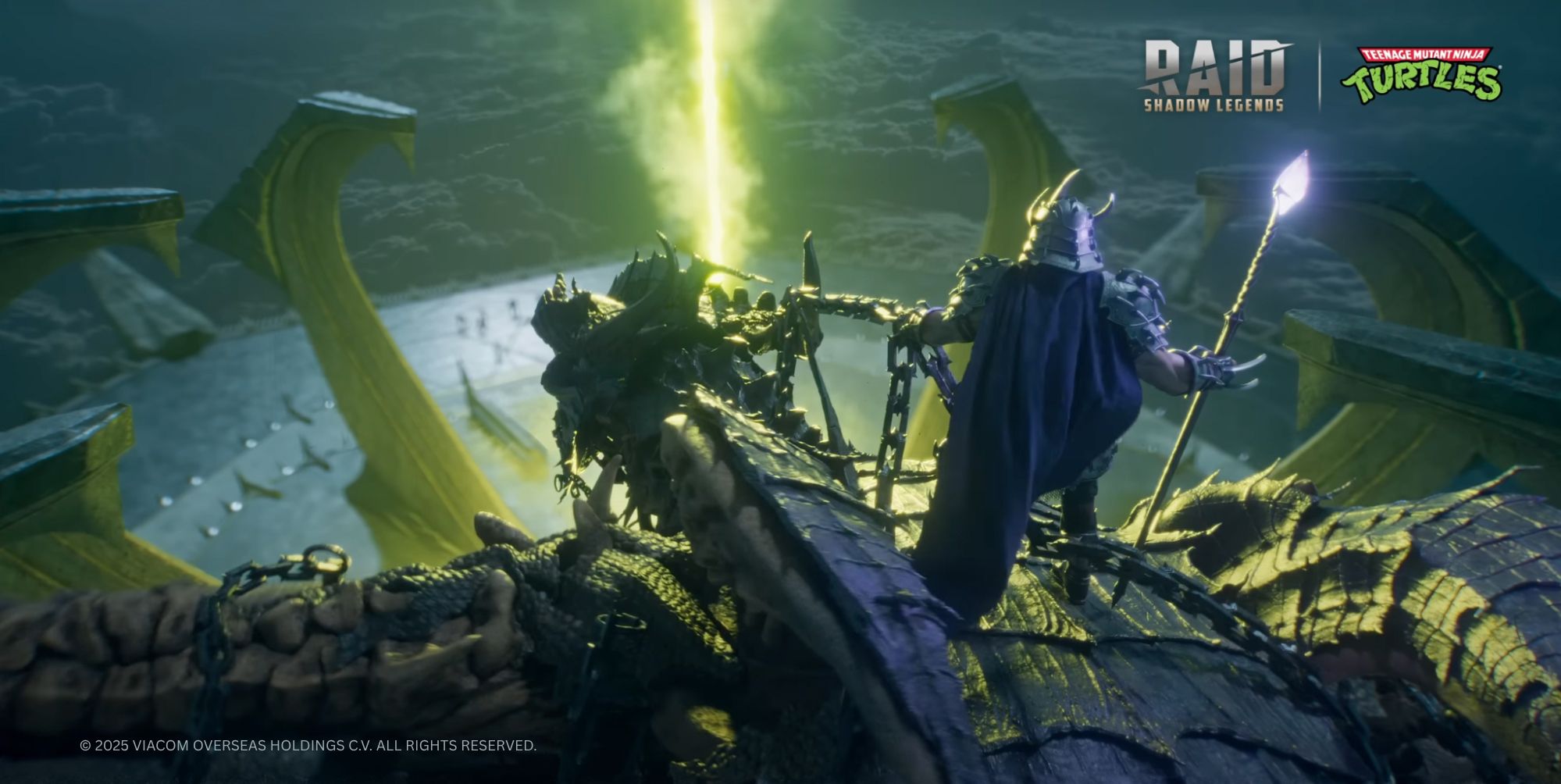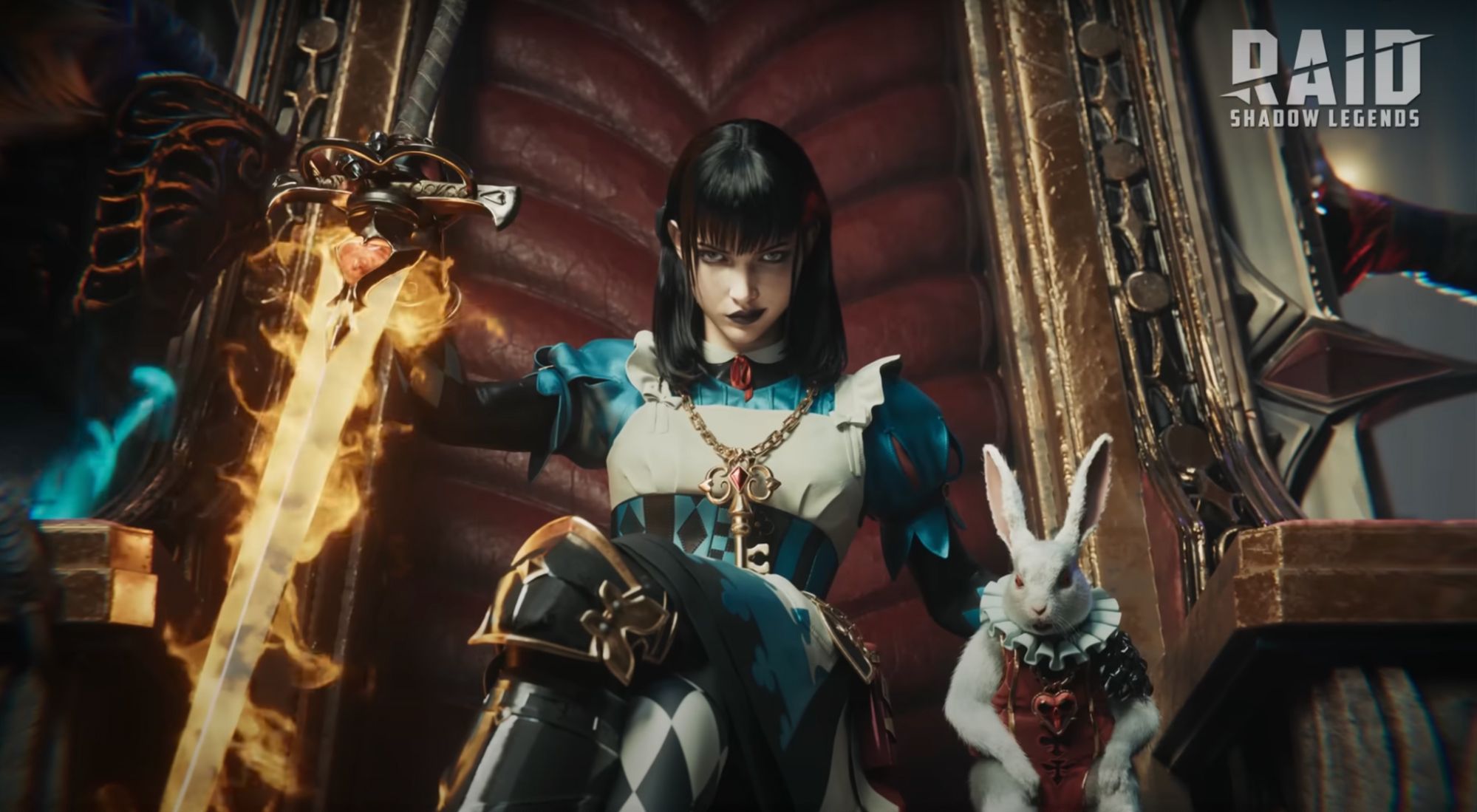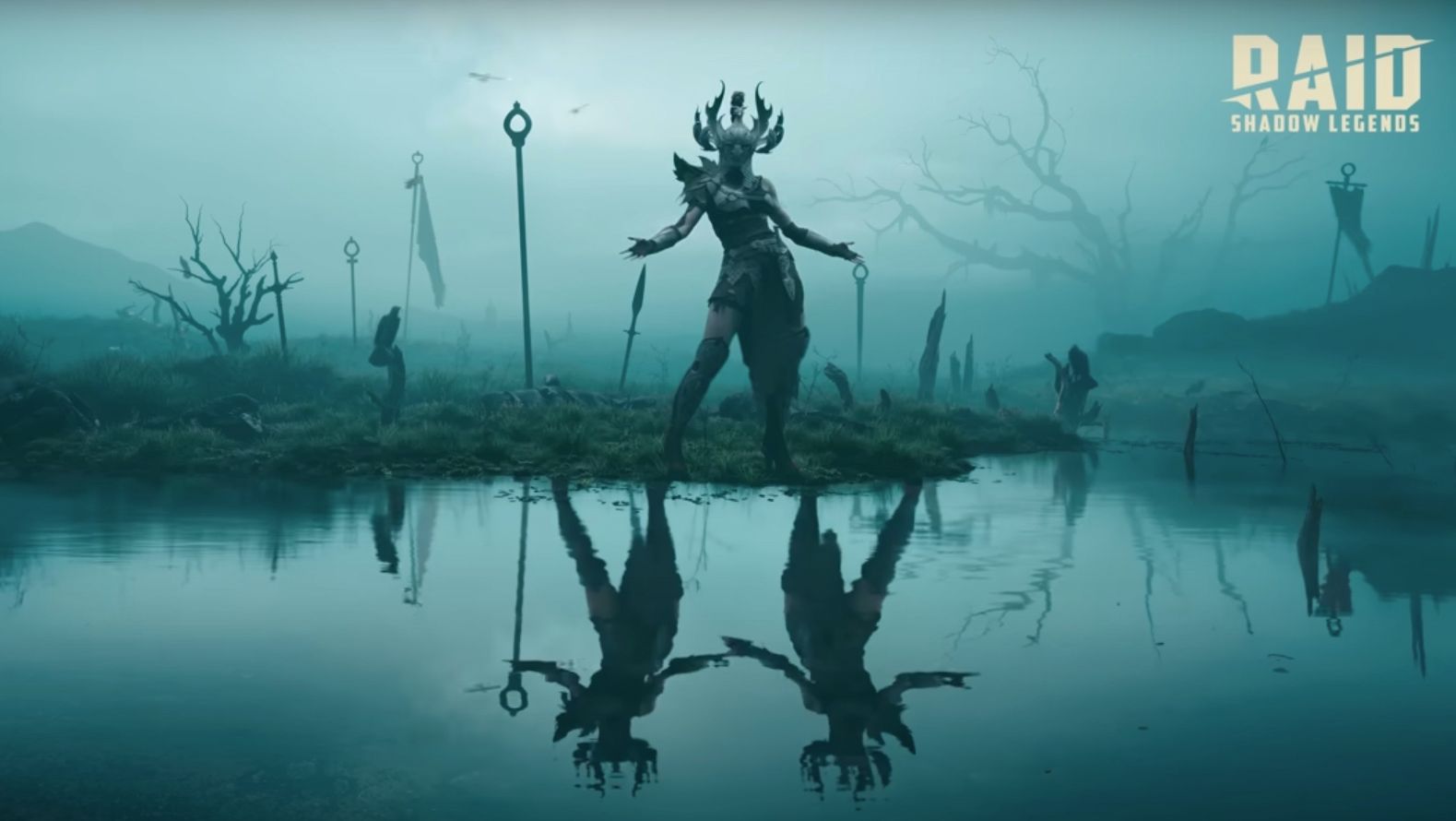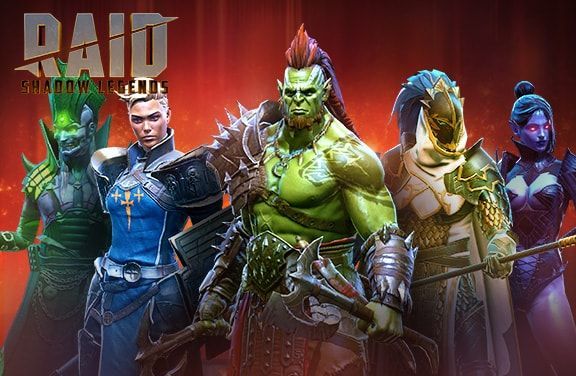Creating Engaging Cinematics that Improve Player Retention
Author: Tal Hirschberg, Creative Lead at Plarium
In the saturated mobile gaming industry, trailers and cinematics are often extensions of the games themselves. They are responsible for creating a story, reinforcing or expanding upon in-game lore, and making LiveOps feel larger than life. In a time when retention is the new user acquisition, many evergreen IPs live and die by their ability to consistently develop compelling cinematics.
Creating an industry-leading cinematic is about delivering emotional precision within tight runtime constraints, and balancing artistic vision with measurable performance. Increasingly, it’s also about fulfilling these requirements with a deep respect for the IPs and audiences at the center of the work.

Creating Snapshot Narratives
A trailer’s first five seconds determine whether a viewer stays or scrolls. Within that window, the focus should be on emotional conflict, not exposition. Player audiences don’t necessarily need to understand the lore, but they need to feel something.
Unlike movie trailers, which often offer a full arc preview, game cinematics function more like narrative portraits. They should focus tightly on a single emotional moment, transformation, or life altering event. In this format, story exposition takes a back seat to emotional immediacy.
Recommended Structure for a 30-Second Cinematic:
- 0–5 seconds: Introduce emotional conflict
- 5–15 seconds: Escalate stakes or action
- 15–25 seconds: Show transformation, reveal, or payoff
- Final 5 seconds: End with emotional resolution or hook
This structure mirrors how modern audiences process media. In gaming specifically, the expectation for an emotional payoff is heightened because players are accustomed to being active participants rather than passive viewers. A cinematic must bridge that gap by placing the viewer in an immediately captivating state and instilling a sense of urgency, even though they are not in control. At the same time, because the content is delivered in the form of a sponsored ad, it must work harder to feel engaging rather than intrusive.
Moving Past Visual Table Stakes
It used to be that high visual fidelity could mask other emotional or storytelling shortcomings but it is no longer the rare achievement it once was. Audiences expect high polish, but polish without precise narrative coherence falls flat.
Every stylistic choice from pacing, editing rhythm, camera movement, to color language, must support a unified emotional tone and have a distinct purpose. A trailer that aims to shock, for instance, may benefit from rapid visual repetition or overwhelming audio. A slower, more reflective piece might rely on negative space, stillness, or subtle animation.
When we produced a dark reimagining of Lewis Carroll’s Alice, repetition was used intentionally as a narrative device: the character dies repeatedly within seconds, mirroring the in-game loop of trial, error, and growth; a rhythm deeply familiar and viscerally resonant for players. The pacing was emotionally calibrated to mirror how players build resilience. It quickly became our most popular cinematic, achieving 24 million views in just three months.
A similar approach was used in an even more recent Teenage Mutant Ninja Turtles cinematic that featured an elaborate dragon fight sequence. At the height of the action, the pace suddenly cuts. Instead of escalating, Michelangelo pauses, realizes he can’t win by force, and shatters the shard that gives his enemy control. That shift, subtle but pivotal, replaces spectacle with growth and moves the focus from the fight to the character’s learnings.

These moments work because, more importantly than any visual effect, they feel incredibly real.
Story Before Spectacle
One of the most common missteps in cinematic development is prioritizing visual spectacle over emotional stakes. Explosions, effects, and high frame-rate combat are easily achieved, but rarely remembered. What matters most to gaming audiences is knowing what’s at stake, and for whom.
In the Alice remake, we had the character die multiple times in rapid succession in order to emotionally overwhelm the viewer and mirror her experience. By the time she stands at the end, the viewer feels more than someone just rooting for her. They feel they are her.
Especially in trailers where characters are being introduced or adapted, emotional cues must come early and clearly. This is a place for distilled feeling.
Story, and the emotion woven into it, are the true engines of engagement. A single raised eyebrow can carry more weight than a million-dollar explosion.

Keep it Simple
The strongest game trailers are often the “simplest” because they made hard choices early. Especially when working under tight timelines or with external IP holders, the ability to distill a rich idea into a 60-second arc is what separates strong creatives from strong technicians.
To simplify a complex cinematic project, you first must begin with an emotional hook. What problem or feeling drives or defines the character? Then you build out from there through contrast by creating significant variation in pacing or tone. Then end with a transformation, whether overt or subtle like a glance, gesture or shift in tone.
Limitations like runtime, budget, narrative scope are all part of the craft, and surprisingly, often help. There are other easy hacks that help build depth in a short period of time.
Voiceover is a powerful tool for emotional storytelling, especially when used as an internal monologue. It welcomes the viewer inside the character’s mind, bypassing the need for exposition or expensive lip-sync animation. Another important hack is focusing on character-centric framing instead of narrative framing. Players see games through the eyes of how the character sees their world and that should be the case in the cinematics.Every decision should stem from how that character would speak, move, react, or grieve. The last hack is using visual metaphors, or symbolic imagery, to communicate transformation. A broken mask, a reversed reflection, a moment of stillness. When done right, these cues carry weight far beyond dialogue.
Keeping it simple also applies to the technical challenge of building a strong game cinematic, which is more about clarity than capability. Large teams, limited timelines, and collaborative restrictions require creative simplification. First and foremost, there must be cross-functional alignment early on the emotional arc among writers, animators, editors and directors. It is also important to think of creative constraints as a design tool. The best ideas often emerge when creators are “forced” to express them in 60 seconds or less.

In today’s saturated mobile gaming industry, where retention is the new user acquisition, a cinematic is often the player’s first and most lasting impression. The best ones go beyond previewing gameplay and expand the game’s world, deepening its lore, and making LiveOps moments feel like proper events. In a market this crowded, that emotional connection can be the difference between keeping a player engaged for years or losing them after a single session.



